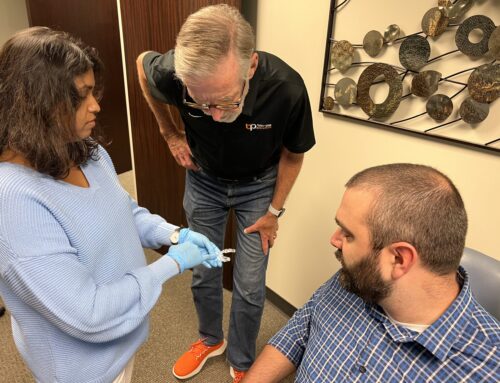Diabetes mellitus is an independent risk factor for COVID-19 morbidity and mortality. The pandemic has also deteriorated patients with diabetes’ access to palliative care and limited their outdoor activities as well as their nutrition. To add to that, a recent study found that many patients with diabetes and COVID-19 were also admitted to inpatient care for throbbing craniofacial pain.
The patients’ symptoms
During clinical examination, the maxillofacial surgeon began with a general assessment of the head and neck. Next was an inspection of the ears, nose, oropharynx and lymph nodes. After that was the neurologic screening. The pain severity was assessed by the patient using an 11-item numerical rating scale with zero indicating no pain and 10 denoting pain as bad as you can imagine. The mean pain severity was between five and nine. The duration of the pain was estimated from the day of consultation until the day when the patient reported that the pain had completely been relieved with the mean duration being between six and 30 days.
For these patients, the pain was related to the masseter region in 12 patients, to the temporalis region in four patients and to both of those regions in five patients. There were also 10 patients who experienced pain bilaterally while 11 reported it on one side. Then, in 85.5% of the patients, the pain was exacerbated by touch while 52.4% was from chewing. However, hot fomentation was the most common relieving cause followed by paracetamol, ibuprofen and diclofenac potassium.
From this study we can learn that there is a possible connection with COVID-19 and craniofacial tissues that led to inflammatory-mediated pain. This means we should pay extra attention to make sure we provide our patients with the best care, especially those with diabetes.






